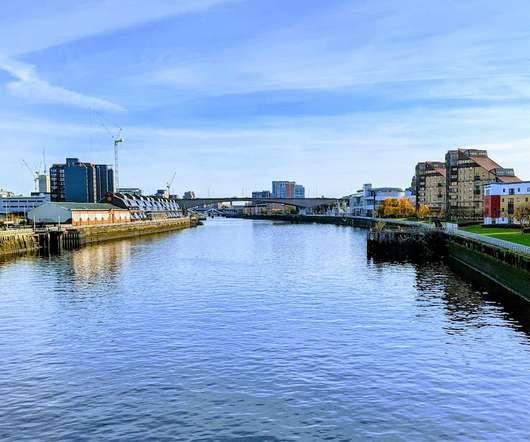Making Waves for the Ocean at COP26
Ocean Conservancy
DECEMBER 10, 2021
In fact, at this critical moment for the climate and our ocean, there were literally more press credentials distributed than at any previous COP conference. Climate change is here and is bringing with it impacts like ocean acidification, sea level rise and dwindling sea ice. Never miss an update.













Let's personalize your content